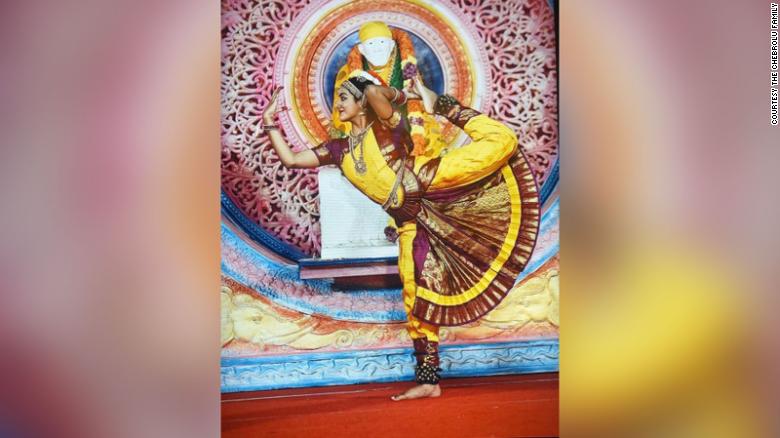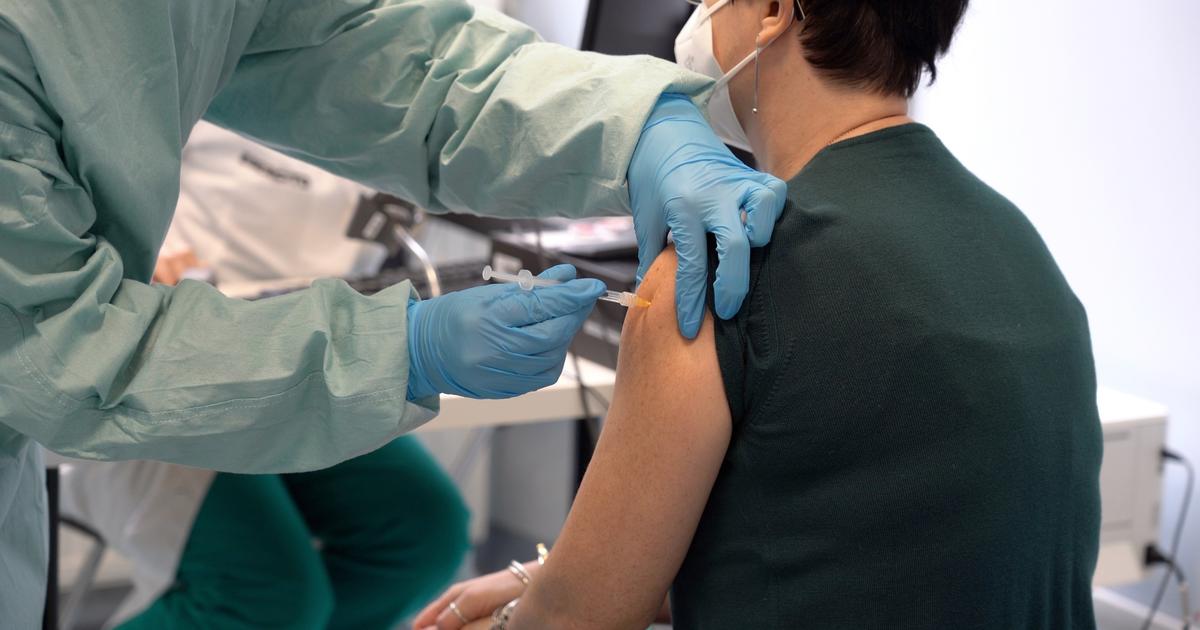(CNN) -
As scientists around the world compete to find a treatment for Covid-19, a girl stands out among them.
Anika Chebrolu, a 14-year-old from Frisco, Texas, just won the 2020 3M Young Scientist Challenge, and a $ 25,000 prize, for a discovery that could provide potential therapy for covid- 19.
Anika's winning invention uses 'in silico' methodology to discover a leader molecule that can selectively bind to the peak protein of the SARS-CoV-2 virus.
«The last two days I saw that there is a lot of enthusiasm in the media about my project, as it involves the SARS-CoV-2 virus and reflects our collective hopes to end this pandemic, as I, like everyone else, wish that let's get back to our normal lives soon, ”Anika told CNN.
José Sarukhán: Mario Molina's legacy is in the support he gave young scientists
The coronavirus has killed more than 1.1 million people worldwide since China notified its first case to the World Health Organization (WHO) in December 2019. The United States has more than 220,000 deaths from covid- 19 until this Monday, according to data from Johns Hopkins University.
advertising
Anika, who is of Indian-American descent, introduced her project when she was in the eighth grade, but she hadn't always focused on finding a cure for Covid-19.
The initial goal was a cure for the flu
Initially, their goal was to use 'in silico' methods to identify a lead compound that could bind to an influenza virus protein.
"After spending so much time researching pandemics, viruses and drug discovery, it was crazy to think that I was actually going through something like this," Anika said.
"Due to the immense severity of the covid-19 pandemic and the drastic impact it had had on the world in such a short time, I, with the help of my mentor, changed direction to attack the SARS-CoV-2 virus." .
Anika said she was inspired to find potential cures for the viruses after learning of the 1918 influenza pandemic and how many people die each year in the U.S. despite annual vaccines and flu medications on the market. .
"Anika has an inquisitive mind and she used her curiosity to ask questions about a COVID-19 vaccine," Dr. Cindy Moss, a judge for the 3M Young Scientist Challenge, told CNN.
Anika performs the Bharatanatyam, a typical Indian dance.
“His work was exhaustive and he examined numerous databases.
She also developed an understanding of the innovation process and is a masterful communicator.
His willingness to use his time and talents to help make the world a better place gives us hope.
1918 influenza pandemic vs.
coronavirus in 2020: what the past can teach us
Anika Chebrolu's work is not over
Anika said winning the award and the title of best young scientist is an honor, but her work is not done.
His next goal, he says, is to work alongside scientists and researchers struggling to "control morbidity and mortality" from the pandemic developing their findings on a real cure for the virus.
"My effort to find a major compound to bind to the peak protein of the SARS-CoV-2 virus this summer may seem like a drop in the bucket, but it adds to all these efforts," he said.
"How I further develop this molecule with the help of virologists and drug development specialists will determine the success of these efforts."
Of course, Anika also finds time to be a normal 14-year-old girl.
When not in a lab or working to become a doctor or researcher, Anika trains for the classical Indian dance called Bharatanatyam, which she has been practicing for eight years.
coronavirus




